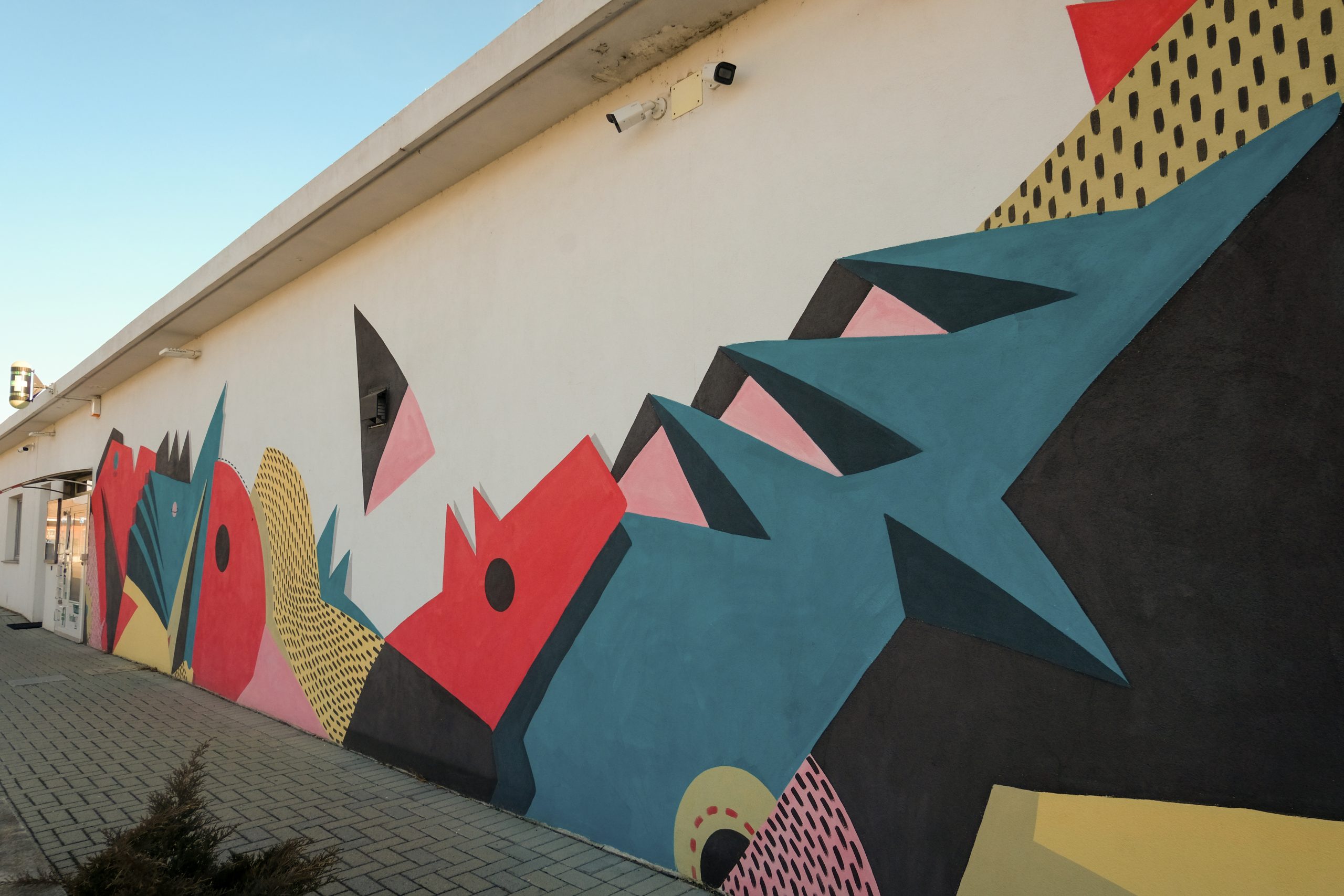Da New York a Chicago, poi Denver, e da lì ancora più a ovest, fino ad arrivare a San Francisco; Selma, Pittsburg, Paterson, un salto a Città del Messico, e di nuovo a New York. Ripartire, ritornare, muoversi. Ricominciare…
Era il 2018, avevi 34 anni – “Tanti? Pochi?”, ti consolavi pensando a Dante, che aveva aspettato di averne uno in più prima di scendere agli Inferi. Davanti a te un romanzomanifesto, On the Road (1957), e quella urgenza di seguire Dean e Sal attraverso una carta degli Stati Uniti che tenevi piegata a mo’ di segnalibro, punto di partenza di ogni tua lettura e punto di arrivo di ogni loro spostamento.
“Se stai cercando di dare un senso ai nostri viaggi, allora non hai capito proprio nulla”.
Te lo ripetevano continuamente, Dean e Sal (Cassady e Kerouac, nella “vita vera”), lo facevano tutte le volte che aprivi quella carta. Perché cercavi sempre un inizio e una fine?
Cosa differenziava la partenza dall’arrivo? C’era un prima, certo, e ci sarebbe stato anche un dopo, ma lì in mezzo ti stavi perdendo il più bello: le persone incontrate per caso, gli odori che ti fanno rimbalzare avanti e indietro nel tempo, i colori che si nascondono negli angoli più bui, le conversazioni improvvise e improvvisate, i sapori nuovi, le mani unte, una lingua lunga di asfalto che odora di bitume e che vuole essere soltanto calpestata.
ZAC!
Con le forbici in mano, ti sei liberato di tutti quei vincoli: una cartina monca, senza più nomi, senza partenze né arrivi. Davanti a te, ora, ci sono solo linee che si estendono all’infinito e in ogni direzione, tanti inviti che finalmente hai scelto di accettare, di percorrere, di seguire. È la strada quella che conta, indipendentemente da dove vorrai arrivare e da quello che vorrai fare. Laggiù c’è il tuo futuro, la tua destinazione, ma qui – su questa strada – c’è il tuo presente.
Te lo aveva raccontato Kerouac in meno di 400 pagine, noi proviamo a mostrartelo in poco più di 100.
From New York to Chicago, then Denver and further west from there until hitting San Francisco; Selma, Pittsburgh, Paterson, swinging by Mexico City, and back to New York. Leaving, coming back, moving. Starting all over again…
It was 2018, you were 34 — “Old? Young?”, you console yourself thinking about Dante, who thought he’d have another year ahead of himself before falling into the Inferno. In front of you lies a novel – a manifesto, On the Road (1957), and that sense of urgency to follow Dean and Sal across the map of the United States you’ve got folded up as a bookmark, the departure point for your reading and the finishing point of their every move.
“If you’re trying to make sense of our journeys, you haven’t understood a thing”.
That’s what Dean and Sal (Cassady and Kerouac in ‘real life’) constantly say to you every time you open that map. Why are you always looking for a beginning and an end? What makes leaving different from arriving? There was a beginning, of course, and there would have been an afterwards as well, but you’re missing out on the best part in between: the people you happen to meet, the smells that send you ricocheting forward or backwards in time, the colors hidden in the darkest corners, the impromptu and improvised conversations, new tastes, greasy hands,
a long tongue of tarmac reeking of bitumen that just wants to be trodden underfoot.
SNIP!
Scissors in hand, you free yourself from all those constraints: a truncated map, with no more names, no leaving, no arriving. Ahead of you now lie only lines, infinitely stretching out in every direction. So many invitations you’ve finally decided to accept, to anticipate, to follow. It’s the road that matters, regardless of why it takes you or where you’d like to go. Up ahead, that’s your future, your destination, but here — on this road — this is your present.
Kerouac told you about it in under 400 pages, we’re trying to show you it in just 100.
